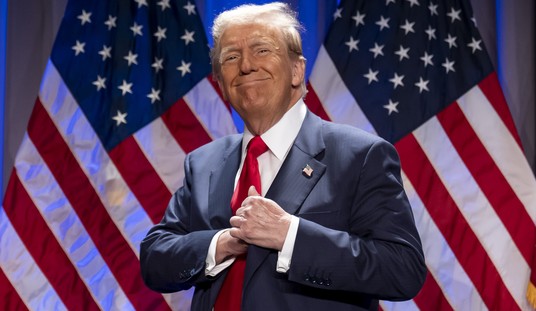A week ago Friday, I turned on my television to discover what was in the Devin Nunes memo, released earlier that day.
On CNN and on CNBC, I couldn’t find out. Instead, I was treated to a steady stream of invectives, with incessant name calling, coming from highly emotional commentators. They were angry at Nunes. Angry at Trump. Angry at Republicans. Over and over I was told how terrible the release of the memo was. They said a great many things that I later learned were untrue. What were they so angry about? I couldn’t tell.
What was in the memo? Why was it so important? I had to turn to Fox News to find out.
How would the Saturday morning newspapers handle all this, I wondered?
The Wall Street Journal did a reasonable job. There I learned from a lengthy side bar that the federal government can’t tap your phone just because you look suspicious. That’s a violation of your Fourth Amendment rights. To get permission to wiretap you on U.S. soil, federal officials must go before a secret court and give credible evidence that you are an agent of a foreign power.
Recommended
This procedure was set up in the aftermath of Watergate. Richard Nixon used the intelligence agencies to spy on his political enemies. So did other presidents before him. The Foreign Intelligence Surveillance Act (FISA) was passed to make sure those abuses would never happen again.
Did the Obama administration manage to circumvent these protections in an effort to stop the election of Donald Trump? Increasingly, it looks like that is the case.
The New York Times, which used to be called “the newspaper of record,” had two front page articles on the Nunes memo. One, which continued in the paper’s interior, treated the entire ordeal as though it were a squabble between Republicans and Democrats. It conveyed no information about the memo’s contents – let alone why it augurs a constitutional crisis.
The other article did get into details. But, you have to read eight paragraphs down – back on page 12 — before you learn that an application for a FISA warrant to surveil a Trump campaign official included a dossier prepared by former British spy Christopher Steele that was paid for by Hillary Clinton and the Democratic National Committee. You also learn that this fact was withheld from the FISA court.
You have to get all the way down to paragraph 14 before you learn that FBI deputy director Andrew McCabe said that the FISA wiretap would never have been approved without the Steele dossier.
Although the Times gives the date of the warrant request (October 2016), readers are never reminded that this was on the eve of a presidential election. And nowhere in 35 paragraphs of text does the Times ever tell readers what Steele’s research was all about.
All campaigns engage in opposition research, which generally means getting all the dirt you can on your opponent. This kind of research goes after gossip, rumor and unsubstantiated claims as well as real facts. It does not generally include anything good about the candidate or any exculpatory information. It’s not supposed to be fair and unbiased. Its whole purpose is to assemble the most negative information you can find.
Christopher Steele was doing opposition research for the Democrats. His target was Donald Trump and the Trump campaign. Even James Comey called the material in Steele’s report “salacious” and “unverified.” Apparently nobody told this to the FISA court.
In paragraphs 18 and 19 we learn that another important part of the FISA application was a Yahoo! news story and that the court was not told that Steele himself planted the story. However, the Times fails to report that Steele tried to get other news outlets to print anti-Trump stories or that the FBI fired him after the Bureau learned of this behavior.
There is much more that the Times omits, including some of what is included in this Wall Street Journal editorial. For example, the Times omits the fact that McCabe stepped down the day after FBI Director Christopher Wray read the Nunes memo or that another key FBI employee involved in the ordeal has been demoted.
The newspaper did devote a full page to reprinting the Nunes memo, as well as the White House Counsel’s letter authorizing its release. It then highlighted sentences in yellow ink and linked these to blue ink comments in columns on the left and right. The New York Times spotted not a single error, however. What the comments amount to in every case is Democratic spin.
In the same newspaper on the same day, there is an unflattering article about the lawyer who supposedly wrote the Nunes memo. Another piece gives an unflattering summary of some of President Trump’s political options. An article in the business section repeats the canard that most of the gains from Republican tax reform are going to the rich.
On the editorial page, the Times editors have a lengthy editorial poo pooing the Nunes memo. On the op-ed page, one editorial calls the memo a “nothing burger.” Another is an anti-Trump editorial by an FBI agent who says he is resigning in disgust. A third ties anti-Trump rhetoric into the Super Bowl.
But why have an editorial page? There has ceased to be any difference between news and opinion at the New York Times.


